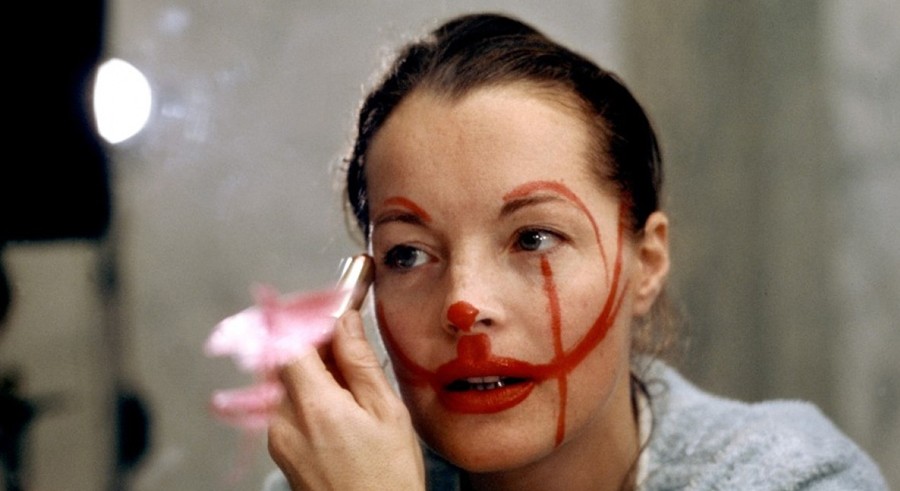
Human beings are complicated creatures. We always have been and always will be due to an assortment of thousands of psychological actions, life experiences, and choices. As we see in cinema, this bleeds onto the screen, yet we are so compelled by these films and characters that they stick with us for a very long time.
In this list are films that show the very essence of humans being complicated in nature. They don’t make sense sometimes or they are complex or contradictory to their own world, but they fit perfectly for the filmmaker’s vision and create characters that result in great films.
1. Who’s Afraid of Virginia Woolf? (1966)
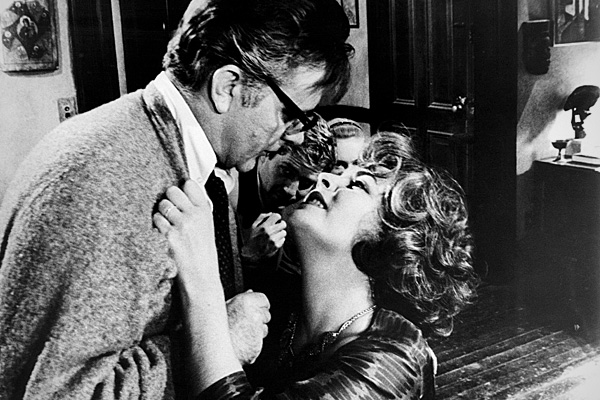
Coming off of several Broadway plays, first-time director Mike Nichols kept to the theatrical world by bringing in Edward Albee’s groundbreaking play. We see over the course of one night, two couples, particularly that of Richard Burton and Elizabeth Taylor, deal with the infliction of lies, pain, love, and somewhat of a loss in their relationship.
Immediately from the start, Martha and George have a strained relationship. However, only after the arrival of George Segal’s Nick and Sandy Dennis’ Honey does the real nature between these two come to surface.
The film has several games created by the four people that makes the others uncomfortable and confrontational, revealing deep secrets and intentions by the people on the other side. The question at hand is, why do these characters physically and psychologically assault one another but continue deep into the night? Do they like revealing their secrets and thoughts aloud, or are they just making things worse?
Albee loved using alcohol to fuel his characters’ deepest emotions, but everything about George and Martha or Nick and Honey say they should break up. However, the older couple stays put in their social status as the younger couple could eventually grow into it.
The theme of lost children plays a part for both couples, hysterical or imaginary, but maybe this bond connects the individual relationships and them collectively. Regardless, these four characters are exemplarily choices for why human beings that don’t belong together ultimately do stay together.
2. Fists in the Pocket (1965)
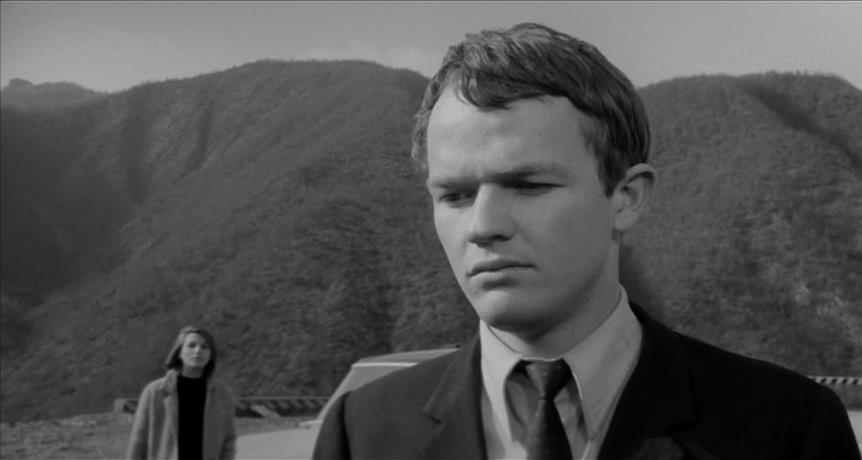
Marco Bellocchio’s film explores the relationship amongst a seemingly appearing to be normal family. The viewer is simply dropped into this world of characters and we never feel certain how they relate to one another or what their intentions are. Bellocchio’s style perfectly suits these characters because they are uncertain and their intentions and actions are never explained.
Take the character of Alessandro, played to radical, rebellious perfection by Lou Castel. He sends a younger relative to spy on his sister sunbathing, and he leads several of his family members to their eventual demise. Yet, he shyly dances with somebody at a dance but dances himself to death in a bathroom.
Are we dealing with a psychopathic serial killer, or the existential angst of a rebel in a society dominated by the Italian lifestyle including Catholicism and the social contract?
Bellocchio allows the cinematic use of Ennio Morricone’s score and Alberto Marrama’s cinematography to capture the dysfunctional, offbeat comedy and horror of these characters, particularly Alessandro. We never get an explanation why he does what he did or even an underlying intention or buildup. The film shows how human beings can be a saint or a sinner within family dynamics in a bold, invigorating and fresh way.
3. The Most Important Thing: Love (1975)
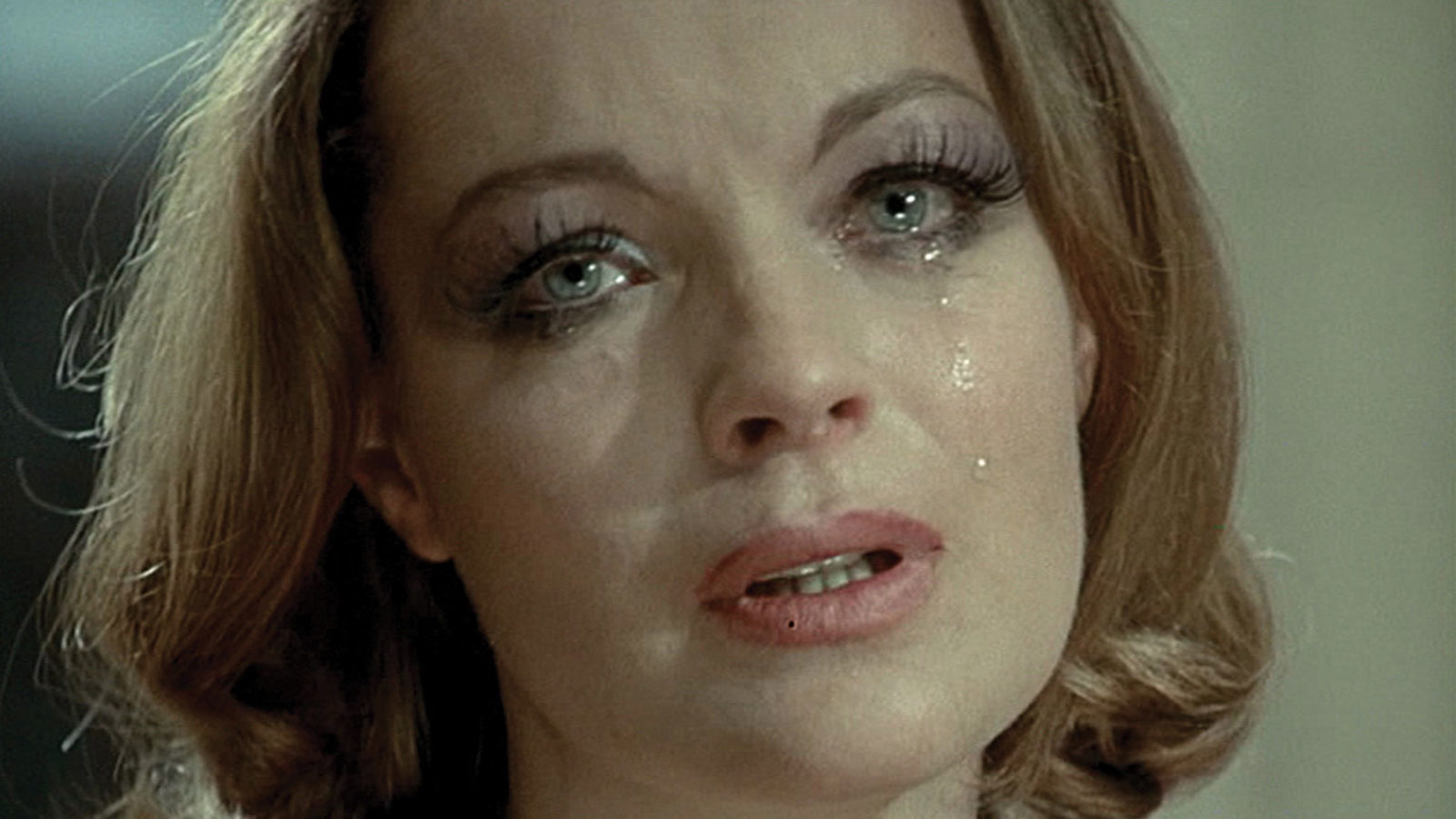
A film where Pedro Almodovar, sadly missing from this list, dedicated his film “All About My Mother” to Romy Schneider’s performance in Andrzej Zulawski’s rollercoaster of a film. Judging by the title, you can tell that love will be the most important thing here.
Schneider is an actress trying to get better roles. In the realm of her doing this, she is torn between her husband and a new lover. Throughout the film, she is psychically torn between her lovers and is psychologically tormented as to where her heart should lie. Zulawski has never shied away from grotesque means of his actors and sets. Take the color red, for instance; it can mean passion, lust, love, violence, mayhem, and Zulawski employs every meaning of those colors, from Schneider’s makeup to blood on the floor.
The men in Schneider’s life are no less than struggling with intimacy as well. In an extended cameo scene, the insane Klaus Kinski even shows up; for him to show up briefly just adds to the chaos and insanity of love in Schneider’s mind. Zulawski allows Schneider to give everything she has in this role and she doesn’t disappoint. We never know what she is going to do, cry or yell, but we are with her every step of the way, even if we are truly uncomfortable at times, just like her.
4. Rocco and His Brothers (1960)
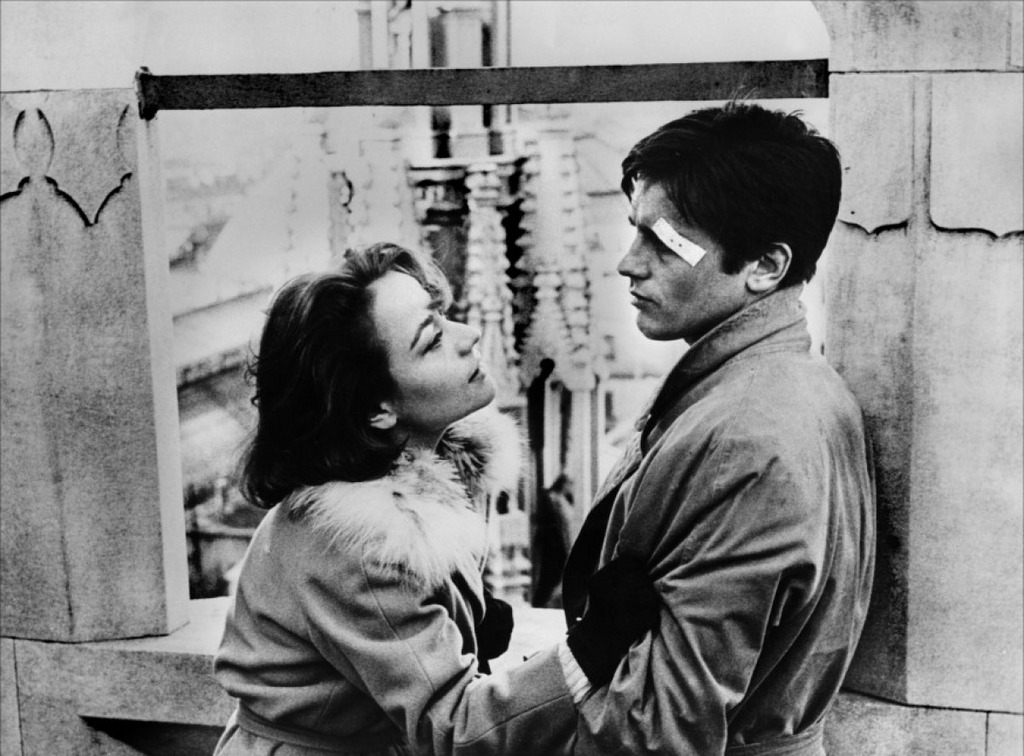
There comes a scene further into Luchino Visconti’s masterful neorealist work where the brothers betray one another over a prostitute, involving an intense rape scene. It shows how an intense brotherly bond can be turned upside down and we don’t really understand the full context of it, yet we are so drawn into the characters despite them being immensely complicated.
Visconti’s film tells the story of brothers, led by Alain Delon, as they relocate from Southern Italy to the North. It can be identified as a neorealist work, but the filmmaker was starting to craft his style of families struggling to maintain, or in this case, build a lifestyle. Almost every nuance of complication arises from the beginning to end – lust, love, tenderness, jealousy, violence, soft heartedness, etc. How can all of these emotions revolve amongst the brothers from one family?
Visconti uses the strangers in a strange land approach as these Southerners are not used to the cold, bleak, wintery Milan. Out of their environment, they just can’t act as they always have leading to tragic consequences for all those involved.
Even outside the brothers, the women such as Annie Girardot and Claudia Cardinale cast spells over the brothers. One moment they are sweet and loving, then laughing in their faces, then scolding them that they want to be asked to be kissed before they do so. Their nature, like the brothers, is all over the place. Visconti created another masterpiece in this film that persevered as an inspiration for Scorsese and Coppola’s approach to brotherly dynamics, which says a thing or two.
5. Three Colors Trilogy (1993, 1994)
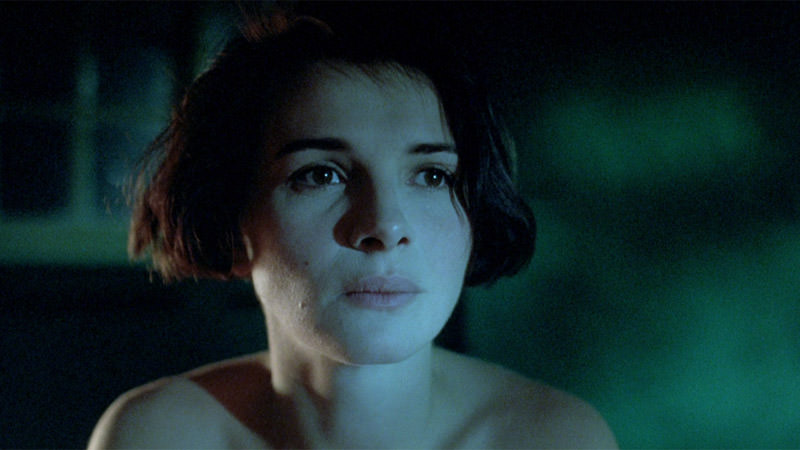
A little bit of a cheat here, but the world Krzysztof Kieślowski created casts a magical, haunting spell on audiences. Each film relating to the meaning and colors of the French flag can also be categorized under many meanings. When it comes to these characters, we are memorized by their actions and choices in pure poetic means.
Juliette Binoche in “Blue” just lost her family. As a result, she tries to take but can’t swallow them. She helps a prostitute stay in her building, deals with baby mice, and eventually helps the woman who was having an affair with her husband. These are just some examples of how she deals with her pain. They all contradict everything on how a widow should deal with these situations.
In “White,” just look at the end, as Zbigniew Zamachowski and Julie Delpy’s glances from a distance can be interpreted many ways. They can either support everything leading to the conclusion or go completely against everything – Kieślowski beautifully lets you decide. And in “Red,” a parallel story and the deal between Irene Jacob and Jean-Louis Trintignant are the ultimate capstone to this unifying trilogy, showing how different people can share an intense bond.
All three films constantly leave you pondering why the characters decided that choice. Regardless of what they chose and where they go, every frame is stunning, no false notes are made, and pure cinema is at the top in these masterpieces.